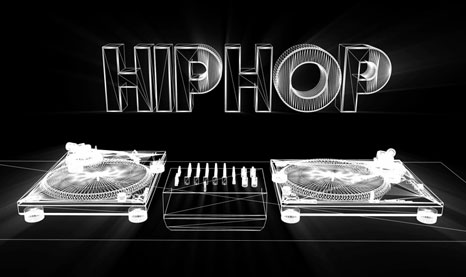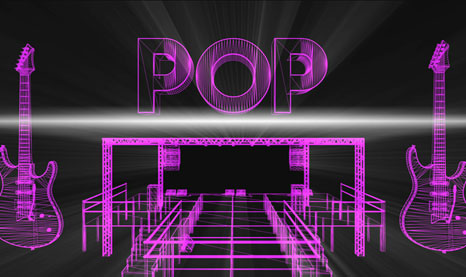Electronic music is a music genre that employs electronic devices to produce and modify the sound. It arose in the late 40s, from the development of the potentialities offered by new means of musical production. Some of the first electronic music studios were GRMC in Paris, funded by Schaeffer and Henry, the Cologne Studio, directed by Eimert and RAI’s Institute of Phonology in Milan, funded by Berio and Maderna. In the 60s, the first analog synthesizers were employed, like those of Moog and Buchla, a key step for the development of the genre’s typical sound. The first best-selling record of electronic music dates back to 1969: Switched on Bach by Wendy Carlos.
In the 70s, the first digital synthesizers appeared, together with the recognition of the electronic research in the field of pop. In the 80s, the market further expanded and the first computerized software helped the development of new subgenres, like synth pop, represented by New Order, Depeche Mode and Soft Cell (Tainted Love). In the 90s, the use of electronic instruments increased. Technological advances provided access to a series of instruments that up to that moment were available only to few people.
New genres linked to electro music arose, for instance: dark-wave, industrial, acid house, italo-disco, power-electronics and techno. The success of bands such as Prodigy, Chemical Brothers and Daft Punk was an evidence of the diffusion of electronic music, also thanks to the mixture with pop, which allowed it to reach a wider audience. The electronic music revolution is the answer to decades of research to create new instruments, sounds and listening methods. Electronic music can include extra-musical contents and thanks to technological development, it allowed the creation of new means of reproduction, broadening creative abilities.
In the 70s, the first digital synthesizers appeared, together with the recognition of the electronic research in the field of pop. In the 80s, the market further expanded and the first computerized software helped the development of new subgenres, like synth pop, represented by New Order, Depeche Mode and Soft Cell (Tainted Love). In the 90s, the use of electronic instruments increased. Technological advances provided access to a series of instruments that up to that moment were available only to few people.
New genres linked to electro music arose, for instance: dark-wave, industrial, acid house, italo-disco, power-electronics and techno. The success of bands such as Prodigy, Chemical Brothers and Daft Punk was an evidence of the diffusion of electronic music, also thanks to the mixture with pop, which allowed it to reach a wider audience. The electronic music revolution is the answer to decades of research to create new instruments, sounds and listening methods. Electronic music can include extra-musical contents and thanks to technological development, it allowed the creation of new means of reproduction, broadening creative abilities.
RELATED


THE CELTIC HOROSCOPE


THE PHILOSOPHER'S STONE


PISCES


REGGAE


ESKIMOS


CHRISTIANITY


MAYAN HOROSCOPE, THE


VIRGO


DIVINE COMEDY, INFERNO


HINDUISM


HEART OF DARKNESS


THE GEISHA


HEAVY METAL


ARIES


HOLY GRAIL, THE


ANNA KARENINA


BLUES


GREEK MYTHOLOGY


DIVINE COMEDY, PURGATORY


SEX IN THE KAMASUTRA


HIP HOP


HOMOSEXUALITY IN THE ANCIENT WORLD


SAGITTARIUS


MUSIC FESTIVALS


OEDIPUS


SHINTO


THE WAR OF THE WORLDS


JAZZ


SANTA CLAUS


LEO


THE GREAT FLOOD


POP


EGYPTIAN MYTHOLOGY


MINE HOSTESS


SCORPIO


MEDEA
